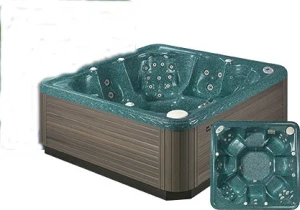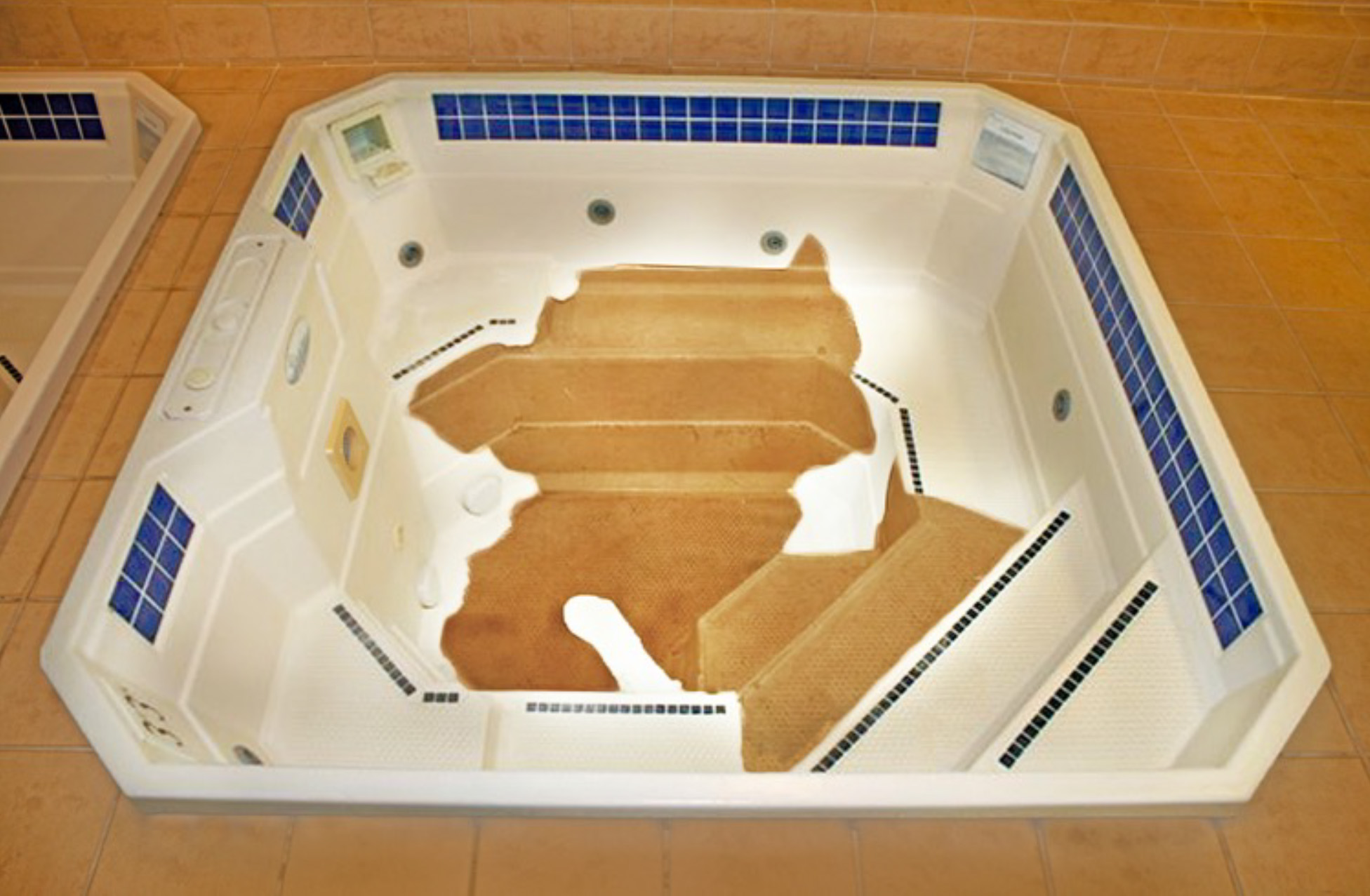As a new surface repair technician, navigating the complexities of gelcoat bathtub repairs can be a daunting task. Richard’s experience with achieving an unsatisfactory cure — characterized by a tacky surface that refuses to harden — is a common hurdle for many in the field. This issue often stems from deviations from optimal gelcoat application processes, leading to frustration and subpar repair outcomes.
The allure of using shortcuts, such as the Preval® sprayer for its convenience and ease of use, can lead technicians astray. This method necessitates excessive thinning of the gelcoat to accommodate the sprayer’s low-pressure output. However, this approach significantly alters the gelcoat’s chemistry, moving beyond the manufacturer’s specifications for ideal performance. A common misstep involves diluting the gelcoat with acetone to a 50% mixture, a practice discouraged by gelcoat chemists who recommend thinning by no more than 10-15% and exclusively using styrene.
For a repair application that mirrors the tack-free finish observed in factory settings, adherence to the following guidelines is crucial:
Adopting the correct materials and tools is not just about achieving a professional result; it’s about ensuring customer satisfaction and extending the longevity of the repair. By aligning with the recommended practices and utilizing the appropriate equipment, technicians can overcome the tacky surface challenge that plagues many gelcoat repairs.
Richard’s query sheds light on a common challenge within the surface repair industry, emphasizing the importance of education and adherence to best practices in gelcoat application. By understanding the chemical foundations of gelcoat and the critical role of proper application techniques, new technicians can elevate their craft, ensuring that each repair not only meets but exceeds professional standards.
For detailed guidance on the proper application of gelcoat, including the necessary materials, equipment, and techniques, technicians are encouraged to consult comprehensive resources provided by industry experts. These guidelines (link to: GELCOAT REPAIR GUIDELINE.pdf in Procedures PDF section) serve as a roadmap for mastering gelcoat repairs, paving the way for successful outcomes and satisfied customers.



Find all the essential information about Multi-Tech Products, from contact details to terms of service, in our comprehensive footer section. We’re here to help you with all your surface repair needs.

Your order has been confirmed & it is on the way. Check your email for the details